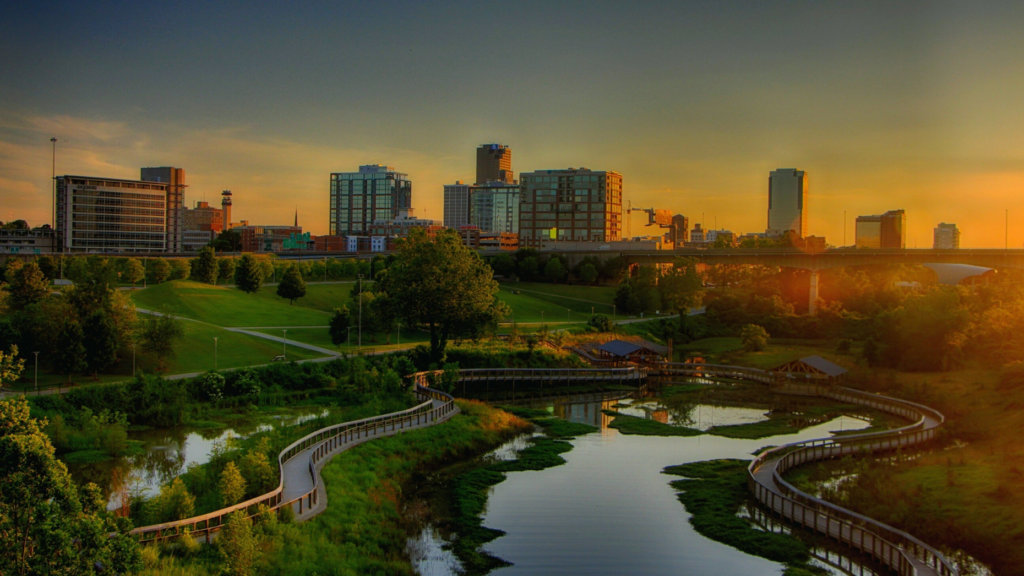Demand is up 25 percent despite uptick in occupancy levels. Investors are earning more revenue and adding more supply.
Travelers are on pace to set a record year for short-term rental demand in 2022, with investors earning more money per stay and overall strong bookings in April.
Occupancy rates are slightly lower than last year, when a wave of pent-up demand sent those rates sky high. But that’s also in part because investors are adding to the short-term rental supply, according to a new report by the market data tracker AirDNA.
The report shows just how good things have been for investors in the short-term rental space: Revenue has risen by two-thirds since 2019, average daily rates (ADRs) are up by a-third, and demand is up 25 percent year-over-year.
“All but just a handful of top 50 STR markets have fully recovered demand back to 2019 levels,” the report said.
So far in 2022, bookings haven’t kept up with the pace of spring 2021, when pent-up demand from the pandemic and widely available vaccines led to a surge in travel.
Bookings were down 3.6 percent in April compared to last year. But that’s likely to change.
“We expect this to be the last month where bookings will fall below 2021 levels,” AirDNA wrote.
Occupancy was down 1.7 percent year-over-year, at 60.2 percent, the report said. That is still up 11.1 percent compared to before the pandemic, another indicator of how rampant demand was last year.
Occupancy declines were most pronounced in resort and destination markets and small cities.
“As was the case last month, most of the weakness in occupancy stems from increases in the nightly supply of listings,” the report said, “and not from systemic weakness in demand.”
For example, demand was up 25 percent in small cities and rural areas, but supply was up 32 percent.
“Most remarkable was Broken Bow Lake, Oklahoma, where its 52 percent occupancy level left it 16 percent below 2021 levels but 56 percent higher than in 2019, when occupancy was just 33.4 percent in April,” the report said.
Big city revival
Occupancy levels rose 4.9 percent year over year in big cities. It was up 37.5 percent in Washington, 24.1 percent in Boston and 19.7 percent in New York City.
Still, demand in similar big cities took such a hit during the first two years of the pandemic that it has yet to fully recover.
“A full recovery in demand to pre-COVID levels seems elusive, though, with very little improvement in demand relative to 2019 levels,” the report said.
Demand in Boston and New York City is still about half what it was in 2019 and 27 percent lower in Washington.
Prices are rising
Average daily rates (ADRs) nationally rose 10.6 percent over March prices, and 11.6 percent year-over-year. They were up the most in mid- to large-sized metro areas, where the average daily rate was up 15 percent compared to the year before.
“The overall rate of ADR growth should moderate some as we head into summer,” the report said. “As of mid-May 2022, ADRs are pacing 7.9 percent higher for the summer than last year.”
They are up most in coastal destinations this summer, where ADR has risen 12.1 percent year-over-year.
“As we look forward to the summer months, the largest cities are going to continue to see the largest growth in new bookings,” the report said. “Urban areas are already pacing 45 percent higher than the same time last year for summer bookings.”
“Even with occupancy levels expected to slide further as we head into the summer months, all location types should realize significant incremental growth in demand, especially during peak travel periods, which were supply-constrained last year,” the report said.
Email Taylor Anderson



 Are You Interested in West Eleventh Residences Miami?
Are You Interested in West Eleventh Residences Miami? Are You Interested in ONE Park Tower by Turnberry?
Are You Interested in ONE Park Tower by Turnberry? Are You Interested in Diesel Wynwood Condominium?
Are You Interested in Diesel Wynwood Condominium? Are You Interested in Five Park Miami Beach?
Are You Interested in Five Park Miami Beach? Are You Interested in Cipriani Residences Miami?
Are You Interested in Cipriani Residences Miami? Are You Interested in Bentley Residences Miami?
Are You Interested in Bentley Residences Miami? Are You Interested in Baccarat Residences Brickell?
Are You Interested in Baccarat Residences Brickell? Are You Interested in Aria Reserve Miami?
Are You Interested in Aria Reserve Miami? Are You Interested in 888 Brickell Dolce & Gabbana | Miami?
Are You Interested in 888 Brickell Dolce & Gabbana | Miami? Are You Interested in 600 Miami WorldCenter?
Are You Interested in 600 Miami WorldCenter? Are You Interested in HUB MIAMI RESIDENCES?
Are You Interested in HUB MIAMI RESIDENCES? Are You Interested in WALDORF ASTORIA RESIDENCES?
Are You Interested in WALDORF ASTORIA RESIDENCES?